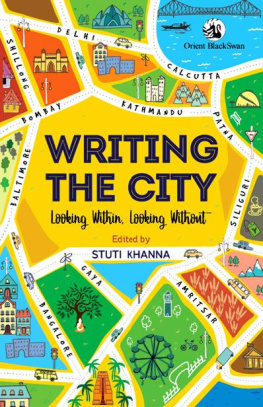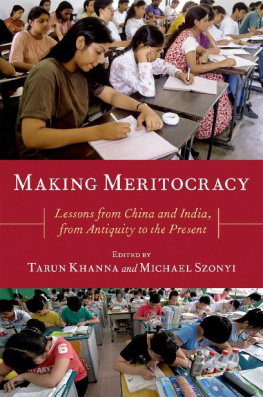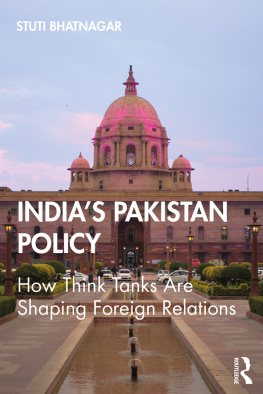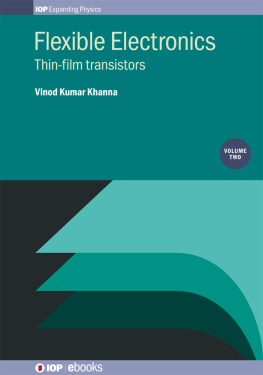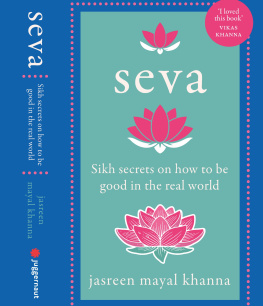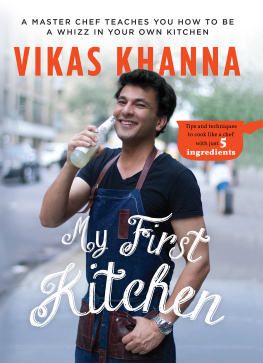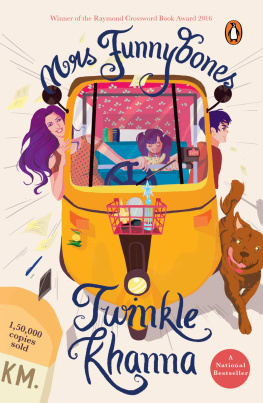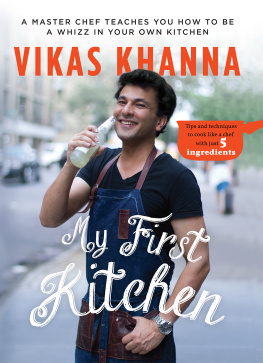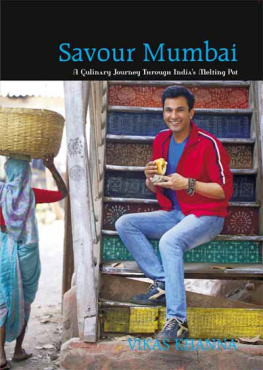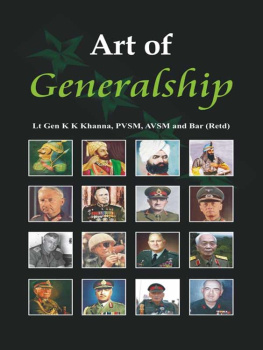WRITING THE CITY: LOOKING WITHIN, LOOKING WITHOUT
ORIENT BLACKSWAN PRIVATE LIMITED
Registered Office
3-6-752 Himayatnagar, Hyderabad 500 029, Telangana, India
Email : centraloffice@orientblackswan.com
Other Offices
Bengaluru, Bhopal, Chennai, Guwahati, Hyderabad, Jaipur, Kolkata,
Lucknow, Mumbai, New Delhi, Noida, Patna, Visakhapatnam
Orient Blackswan Private Limited 2020
First published 2020
Electronic edition first published 2020
eISBN:978 93 5287 923 6
ePUB conversion: Shine Graphics, Delhi 110 094
All rights reserved. No part of this publication may be reproduced, distributed, or transmitted in any form or by any means, including photocopying, recording, or other electronic or mechanical methods, without the prior written permission of the publisher, except in the case of brief quotations embodied in critical reviews and certain other noncommercial uses permitted by copyright law. For permission requests, please write to the publisher at info@orientblackswan.com.
Contents
Full title
Introduction
F ew writers have written with the clarity and insight of the German sociologist Georg Simmel, of the far-reaching impact of place on personalityboth individual and collectivein his classic essay The Metropolis and Mental Life (1902). Writing about a rapidly growing Berlin at the turn of the last century, Simmel marshals tools from economics, psychology and sociology to posit a compelling picture of the metropolitan type, one who must shield her or his soul from the rapid intensification of nervous stimuli that surrounds it, by cultivating a blas attitude that is reluctant to engage with the multiplicity of sensory phenomena thrust upon it from all sides by the momentum of urban life. What is remarkable about this piece is the compelling immediacy with which it speaks to us, over a hundred years after it was written. Even as Simmel writes, somewhat despairingly, of the ways in which capitalist modernity has imparted to everyday life and interaction between individuals a quality of superficiality and calculation, one cannot but be struck by the immense energy and seductive power of the madly mutating cityscape, transforming those who live in it into colliding atoms of ceaseless, frenzied activity.
It is precisely this energy that Charles Dickens draws upon in his novels. Not only does the thrumming London of the nineteenth century serve as the setting of his fiction or constitute its subjectboth of which it does, wonderfully so. What his novels also importantly do is map, in their internal organisation of space, the socio-economic geography of a fractured, divided but composite cityscape that is fundamentally interlinked, however much it may choose to pretend otherwise. Bleak House (1853), one of the greatest London novels ever written, forces its readers as much as the characters that populate it to recognise and acknowledge the connections that exist between deprivation and wealth, between the plebeian and the aristocrat, and between the squalid, putrid slum of Tom-All-Alones and the affluent environs of Chesney Wold. In the figuration of Lady Dedlock as part-lady and part-pauper with a claim, simultaneously, on both the citys slums as well as its mansions, the novel jolts us into the staggering realisation that however deep the class divisions that fracture the cityscape might run, be it Victorian London or post-liberalisation Delhi, they only seek to hide or ignore the profound ways in which networks, however unequal and exploitative, have always existed across class geographies despite their seeming distance from, and disavowal of, each other. The aspirational gated communities in the global south that embody a denial of the existence of the unsavory city by shutting themselves off in a sheltered, fiercely guarded space showcase this contradiction in the proximity (albeit near-invisibility) of the slums that emerge as their necessary complementfor every upscale locality must have within easy reach an army of domestic workers who will do its cooking and cleaning for it and disappear, noiselessly, into its own twilight world, only to reappear at the right time the next morning.
That content impacts form, or that the two are not neatly separable categories, is a well-understood idea in literary study. Much of the experimentalism and newness of Modernist writing and art can be read very usefully in terms of the dislocation and self-questioning caused by the world wars, the colonial experience, and the rapidly expanding urban centres that were inaugurating an entirely new individual and social vocabulary. Art forms that sought to respond to this changing, unfamiliar landscape had to reshape themselves, and forge a new relationship with their respective medium, be it language or paint or music. The power of a play like Samuel Becketts Waiting for Godot or a novel like Franz Kafkas Trial comes as much from the existential questions that are raised in them as from the collapse of conventional dramatic and novelistic forms in the face of those questions. There is no way in which the bleak bareness of Waiting for Godot can be conveyed in the poetic and performative lushness of a Shakespearean tragedy, grim and unsparing as it can be. Accepting the Nobel Prize in 1982, Gabriel Garca Mrquez, whose magical realist fictions had made him famous among reading publics all over the world, argued passionately for a recognition of his trademark style not simply as an endearing, witty, stylistic quirk but one that emerges organically from his creative materialthe disarticulated, contradictory and tragic outsized, unbridled reality of a continent ravaged by centuries of colonialism and exploitation. It may be worth quoting him more fully here:
I dare to think that it is this outsized reality, and not just its literary expression, that has deserved the attention of the Swedish Academy of Letters. A reality not of paper, but one that lives within us and determines each instant of our countless daily deaths, and that nourishes a source of insatiable creativity, full of sorrow and beauty, of which this roving and nostalgic Colombian is but one cipher more, singled out by fortune. Poets and beggars, musicians and prophets, warriors and scoundrels, all creatures of that unbridled reality, we have had to ask but little of imagination, for our crucial problem has been a lack of conventional means to render our lives believable. This, my friends, is the crux of our solitude.
More recently, Salman Rushdie, credited with bringing India solidly on to the world literary map owing to the huge international success of Midnight s Children in 1981, spoke about his novel literary style in an interview with Alastair Niven in the following way:
One strategy that was deliberately adopted in [ Midnight s Children ] was deliberately to tell, as it were, too many stories, so that there was a jostle of stories in the novel and that your main narration... had to kind of force its way through the crowd, as if you were outside Churchgate station trying to catch a train.... There are simply so many stories going on that it would be absurd, I thought, to tell just one.
A clear link is sought to be established between the fast-paced, voluble, almost breathless quality of the narrative and the fact that it is about the crowded, outsized reality of urban India, specifically the metropolis of Bombay, known and celebrated for much of the twentieth century as a financial and commercial centre, the glamorous home of the countrys biggest film industry, with a genuinely cosmopolitan ethos (that has been systematically replaced by a militant, chest-thumping provincialism in the last thirty or so years). Much of Rushdies early fiction seizes upon this too-muchness and makes of it an artistic credo, in works that pulsate with linguistic and narrative energy and invest faith in hotch potch and hybridity over neatness and purity.

